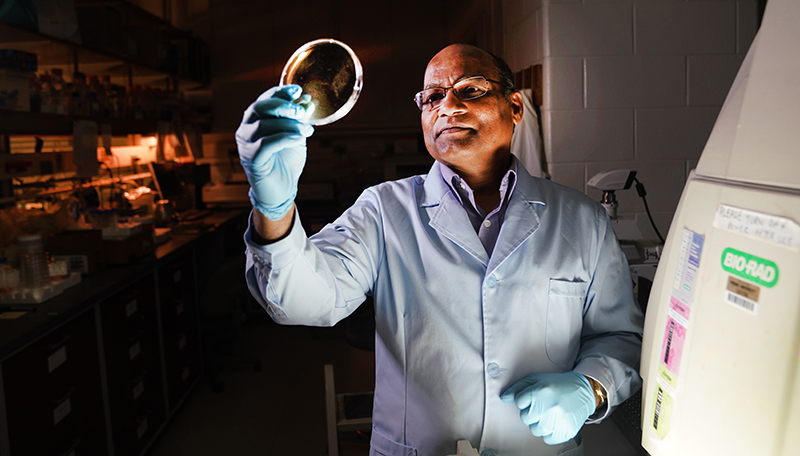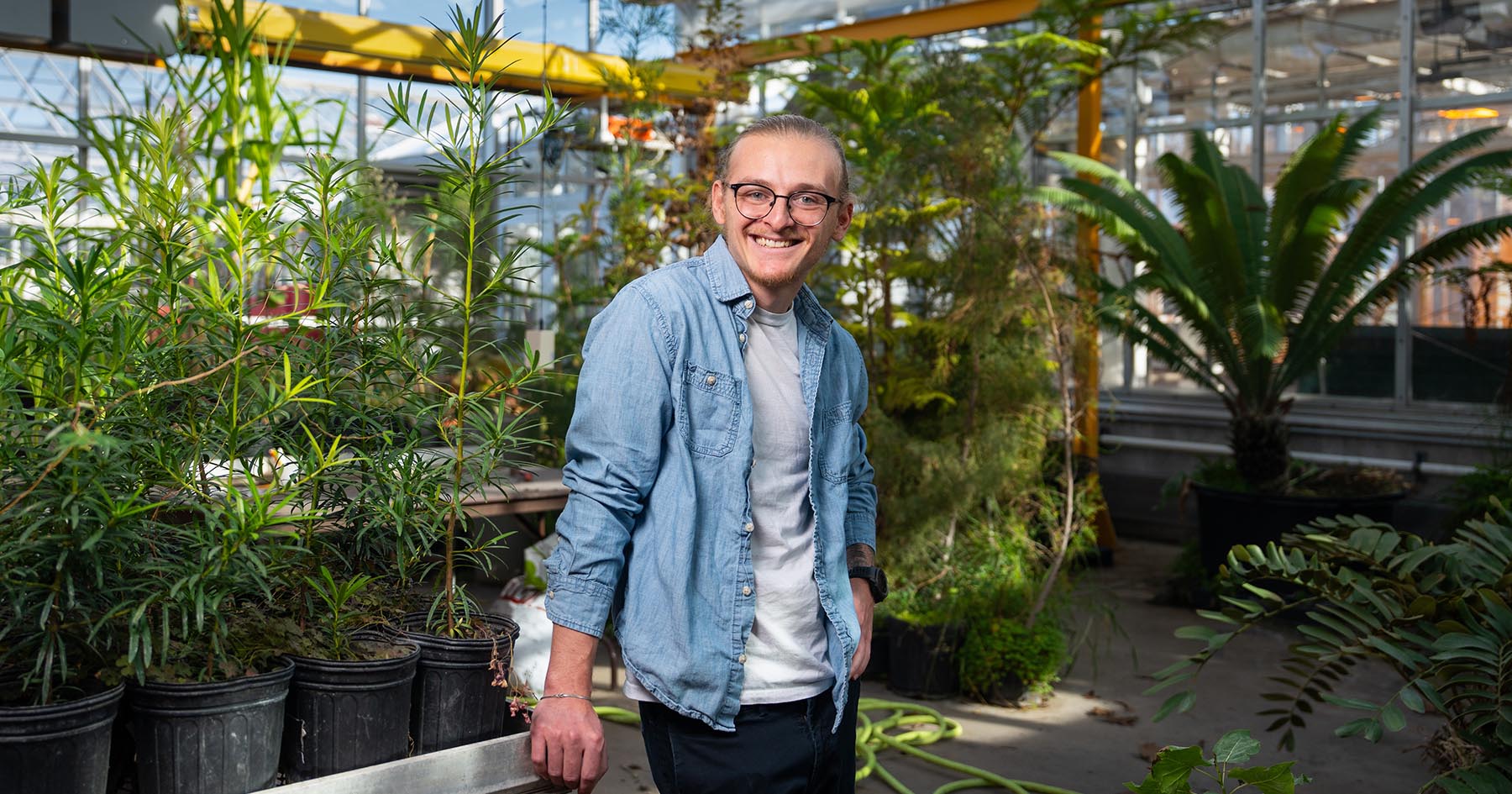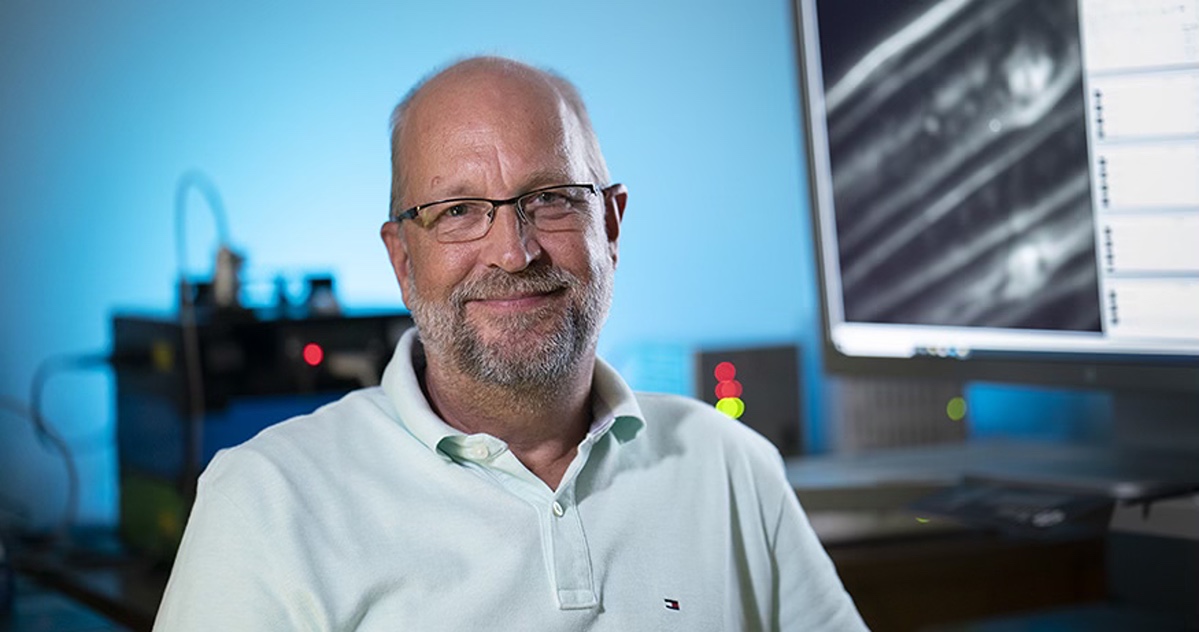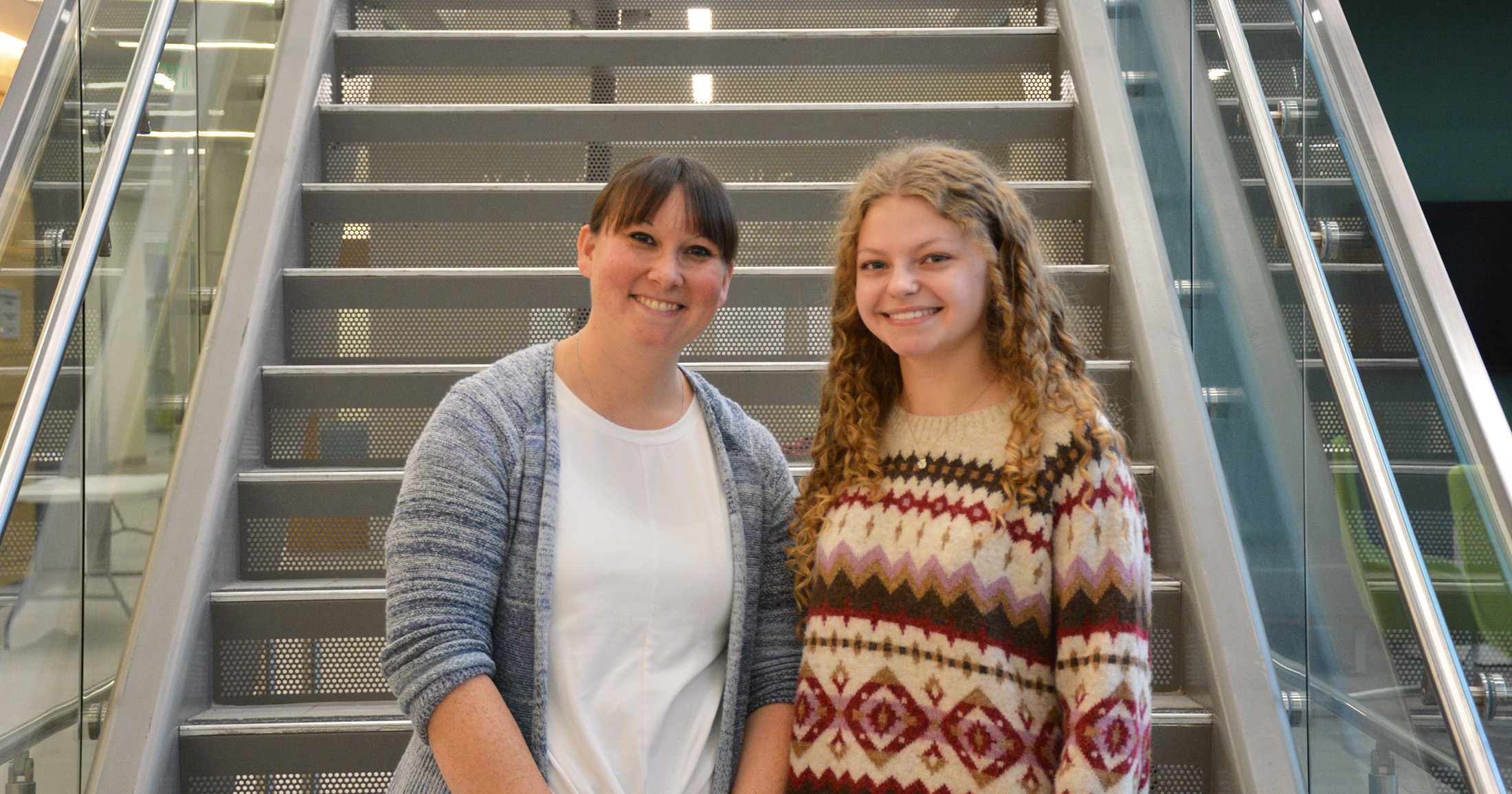Laboratory fishing expedition reels in a big catch: hidden pathogenic role of a housekeeping enzyme in Listeria
Purdue University doctoral student Dongqi Liu has identified a previously unknown strategy that the foodborne bacterium Listeria monocytogenes uses to invade and infect humans and animals.
“Listeria is a huge problem in the food industry and for people who get infected,” said Arun Bhunia, a food microbiology professor in the Department of Food Science at Purdue. L. monocytogenes infects an estimated 1,600 each year in the U.S., resulting in about 260 deaths. At highest risk are pregnant women, unborn fetuses, immune-compromised and elderly people.
“It’s happening from different types of ready-to-eat food,” Bhunia said, including fresh produce, fruit, cheese, hot dogs and sliced meat. “Some of your favorite foods could be a major problem.” And the only prevention is to avoid eating certain types of food.
After tainted food is consumed, the bacterium causes listeriosis by passing through the stomach and the intestine, then spreading into the liver, spleen and even the brain. Bhunia’s previous research has shown that the Listeria adhesion protein (LAP) plays an important role in helping L. monocytogenes to pass through the gut barrier.
But a question lingered about the LAP. After the pathogen secretes LAP, the protein stays on the bacterium’s surface. How it does so remained a mystery. LAP must stay fastened to the bacterial surface for Listeria to cause infection.
“If the bacterium has no way of keeping that protein on the surface, it literally has no function,” Bhunia said. “It’s not helping the bacterium to interact with the intestinal cells.”
Now Liu, a Bilsland Dissertation Fellow who works in Bhunia’s laboratory, has answered this question. Liu has shown that the pathogen uses a sticky virulence protein called internalin B to anchor LAP to bacterial surfaces.
Liu, Bhunia and 16 collaborators from Purdue University and Germany’s Technical University of Braunschweig published the details in the journal Cell Reports. The work in Purdue’s Center for Food Safety Engineering was funded by the U.S. Department of Agriculture’s Agricultural Research Service and the National Institute of Food and Agriculture.
A better understanding of Listeria could lead to more effective prevention. Virulence proteins are signature molecules that are more commonly found in a special location on the Listeria chromosome called “the pathogenic island.”
The virulence proteins of that region all carry a unique amino acid sequence tag that can be utilized to predict its virulent behavior and mechanisms, including how it is secreted and how it is anchored on the bacterial surface.
 Arun Bhunia, professor of food microbiology at Purdue University, has devoted most of his career to understanding how the foodborne pathogen Listeria monocytogenes causes disease.
Arun Bhunia, professor of food microbiology at Purdue University, has devoted most of his career to understanding how the foodborne pathogen Listeria monocytogenes causes disease.
LAP may have managed to remain overlooked in listeriosis until now because it doesn’t belong in that chromosomal region, and scientists have limited knowledge on how LAP remained attached to the bacterial surface in causing host infection.
Now scientists know that internalin B turns LAP into a moonlighting pathogenic factor by attaching it to a cell’s surface in Listeria. The cooperation of each protein is essential for pathogenesis.
Liu and his colleagues used a battery of sophisticated biochemical methods, including fiber-optic sensors, immunoprecipitation, and mass spectrometry, to find the ligand that fastens LAP to cellular surfaces.
“We call it ligand fishing,” Bhunia said. “We had a fishing expedition.”
LAP is only one fish in a vast biochemical sea, but Listeria associates with other proteins that can help them infect their host organisms.
“LAP is a housekeeping enzyme, so the virulence regulation and the pathogenesis are a bit different than other traditional virulence factors,” Lui said.
It’s an alternative strategy of the pathogens.
“If one is dropped, they want to survive and so they use another strategy to cause infection,” Bhunia said. Understanding this strategy raises the prospect of preventing future listeriosis outbreaks. Further research might reveal how to create conditions that prevent the bacterium or the protein from staying on the surface.
“This is a complicated process. There is no single, easy solution,” Bhunia cautioned.
This is not a unique situation for Listeria, as proteins secreted and displayed at the surface like LAP are also found in other pathogenic bacteria, such as Streptococcus pyogenes and Mycobacterium tuberculosis. LAP is the first of its type that the surface anchoring mechanism has characterized.
“The pathogens usually secrete large quantities of these enzymes during infection, which is directly associated with bacterial virulence,” Liu said. “These proteins or their corresponding antibodies in the host would be a great diagnostic and prognostic marker for infectious diseases.”
Multiple serious listeriosis outbreaks motivated Bhunia to begin studying the disease about 25 years ago. Early on, his team identified LAP. Later, he realized that LAP binds to a receptor on epithelial cells to allow the bacterium to pass through the gut barrier. This alternative intestinal crossing strategy of Listeria is recognized and was published in 2018 in Cell Host & Microbe.
The new finding could help Bhunia and others develop an antibody supplement or vaccine to prevent listeriosis in susceptible populations, especially pregnant women. Bhunia has patented a bioengineered probiotic that could potentially prevent infections. Women who have experienced listeriosis-related pregnancy complications occasionally contact Bhunia for help.
Those experiences become very personal. When you work on Listeria, you always keep in mind the people you are trying to help.”
- Arun Bhunia, professor of food microbiology in the Department of Food Science





